KIT724 Assignment 4 Devlog
Introduction
In the midst of the pandemic, millions of people explored virtual workouts for the first time when going to the gym was not an option.Our work, play, learning, and exercising patterns, as well as how we interact with each other, have been profoundly affected by the COVID-19 pandemic. The pandemic has resulted in an increasing number of people turning to virtual reality (VR) technology for solutions. Recent developments in virtual reality have recognised this technology as a valuable addition to physical activity and wellness practices. It has since been used to improve people's health more frequently.
Description of the application
We can break a sweat and burn some significant calories without leaving the convenience of our living room thanks to the technology known as virtual reality (VR). This VR Fitness program places you in a virtual reality setting where bricks are launched at you from a three-dimensional network of rails. At Oculus Quest, we divide the cubes by using the controller in our virtual reality headset. This fundamental workout is derived from the quick movement of the upper body that is required to split the cubes, in addition to the side-to-side tilting that is performed. This assists the user in increasing their heart rate, which in turn assists the user in estimating the number of calories they will burn depending on their own individual metabolic rate.
Users may improve their fitness and health by playing a variety of games inside this program, the primary objective of which is to motivate users to engage in activities that need them to move about.This program also includes a cube-slicing app and pooping balloons by leaping and reaching the balloons offered games: one game enables the user to perform the aerobic exercise with their upper body, while the other game simulates the workout of jumping jacks.
Description of Interface Solution
Many people were bound to their immediate homes with the widespread COVID-19 pandemic in early 2020. Because of this, it limits people’s daily activities they perform to stay healthy and fit. It is not just because of COVID-19 that people are inactive, it is also because of various other reasons like not being motivated, being afraid of going to the gym, not allocating proper time, worrying about what others might think about their bodies and many more (Spraul, 2020). All these reasons prevent people from pursuing physical fitness as their daily activity. According to the research conducted by the Australian Institute of Health and Welfare and the Australian Bureau of Statistics, more than half (55%) of adult Australians do not meet their physical activity guidelines and only 2% of teenagers meet them (About physical activity and exercise, 2021). Covid-19 also added an obstacle to people's lives being active.
The use of Virtual Reality, in this case, can help users attain physical activity from the comfort of their own room. VR can simulate an environment that makes users think that they are in a training environment like a gym (Joshi, 2022). The other reasons for selecting VR as the interface for developing the fitness solution are provided below:
- VR can be used to simulate a challenging environment from the user's house (Sharma, 2022).
- It offers flexibility to work out anywhere like a house, office and so on.
- It can be used to gamify the fitness aspect of the application and attract users to use it more.
- Various interactive elements can be added to fitness like boxing, rowing and many more to increase the fun element while performing the activity (Sharma, 2022).
- By providing a visual track of progress, scores and achievements, it is possible to encourage the users to work and perform better within the application.
Interaction Design
Good interaction is important in any interactive solution. Proper implementation of interaction in a system makes users' experience better and attracts the user to use the system.
In this application, a user can play multiple games whose main theme and aim is to get users to be fit and healthy by playing the game application. From the interface scene, the user can select a game type. There are two proposed games: one is a cube-slicing app that helps users to do upper-body cardio exercises and another one is popping balloons by jumping and reaching the balloons which helps the user with mimicking an exercise like jumping jacks. To simulate all the above activities, the following interaction has been added to the application:
When a user first opens the application, they are greeted with an interface showing various games to be selected. This application includes only 2: one is cube slicing and another is balloon popping. This can be selected by the user pointing at the virtual interface and selecting using the controller button.
- In the first exercise simulation, a user can interact with the 3D model of a cube by slicing or breaking it. When the user's hand collides with the box, it disappears/shatters and a score is increased to let the user track their progress.
- In the second exercise, a 3D model of balloon drops from the sky and the user has to pop it by hitting it with the hand. This simulates the environment where users can jump and move their hands which helps mimic multiple cardio exercises and helps users perform physical activity to stay fit.
- There is also a scoreboard that increases as the user breaks/slices the cube in the first game or pops the balloon in another one. This increases by a static number like when the users successfully break the cube, 1 point is added to the scoreboard and further keeps increasing as the user keeps on hitting cubes.
- There is also audio present in the application. Whenever a user breaks the cube or pops the balloon, an audio matching the activity is played. For example: after popping a balloon a blast sound is played. This helps increase the interaction between the application and the user.
The below storyboard presents the activity in a much more understandable and mundane way:
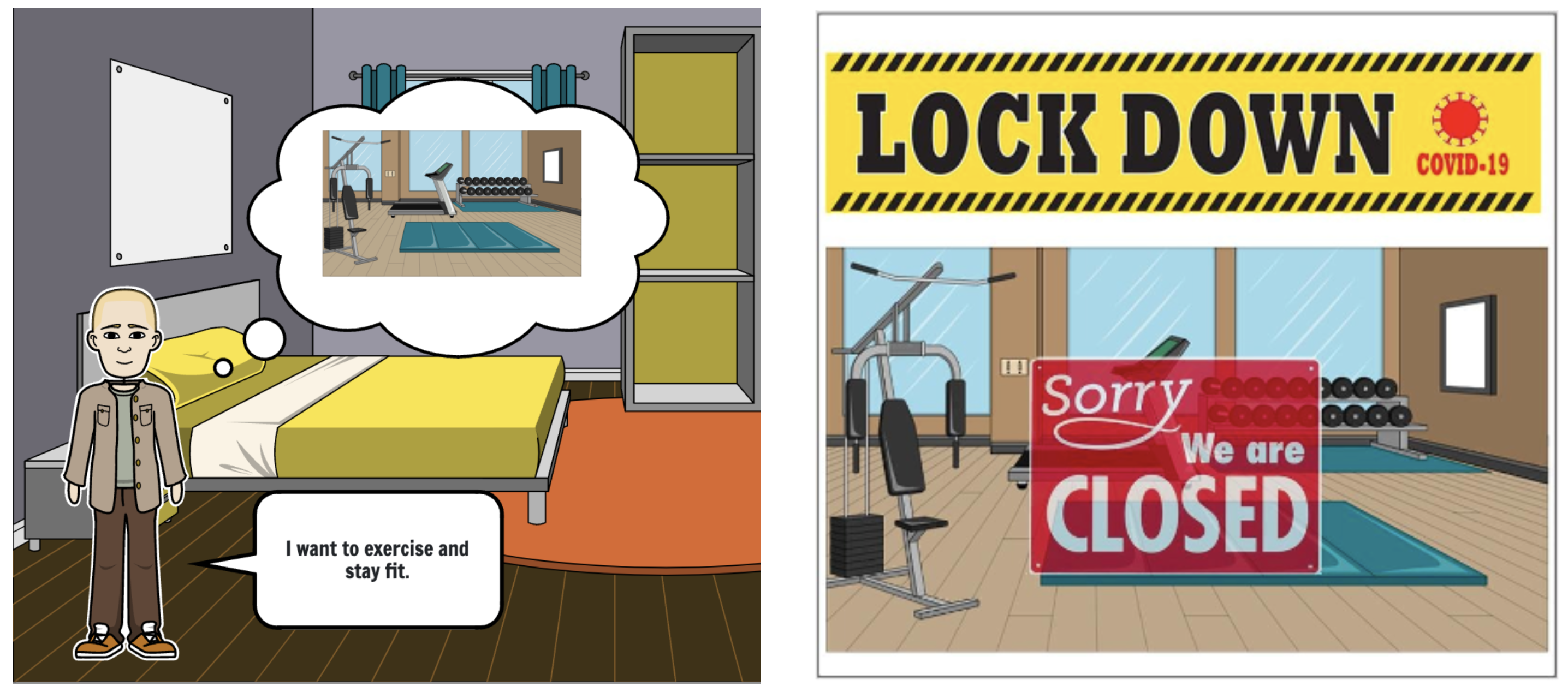
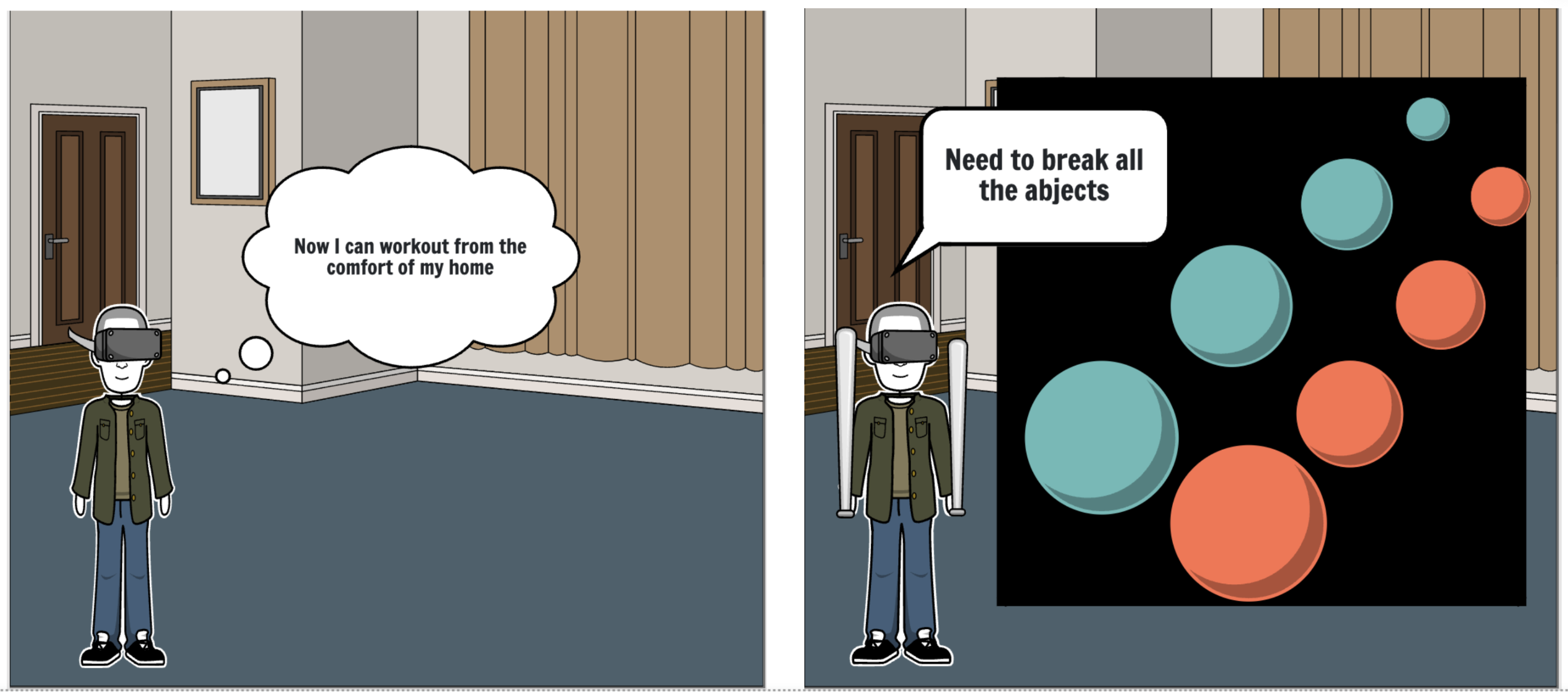
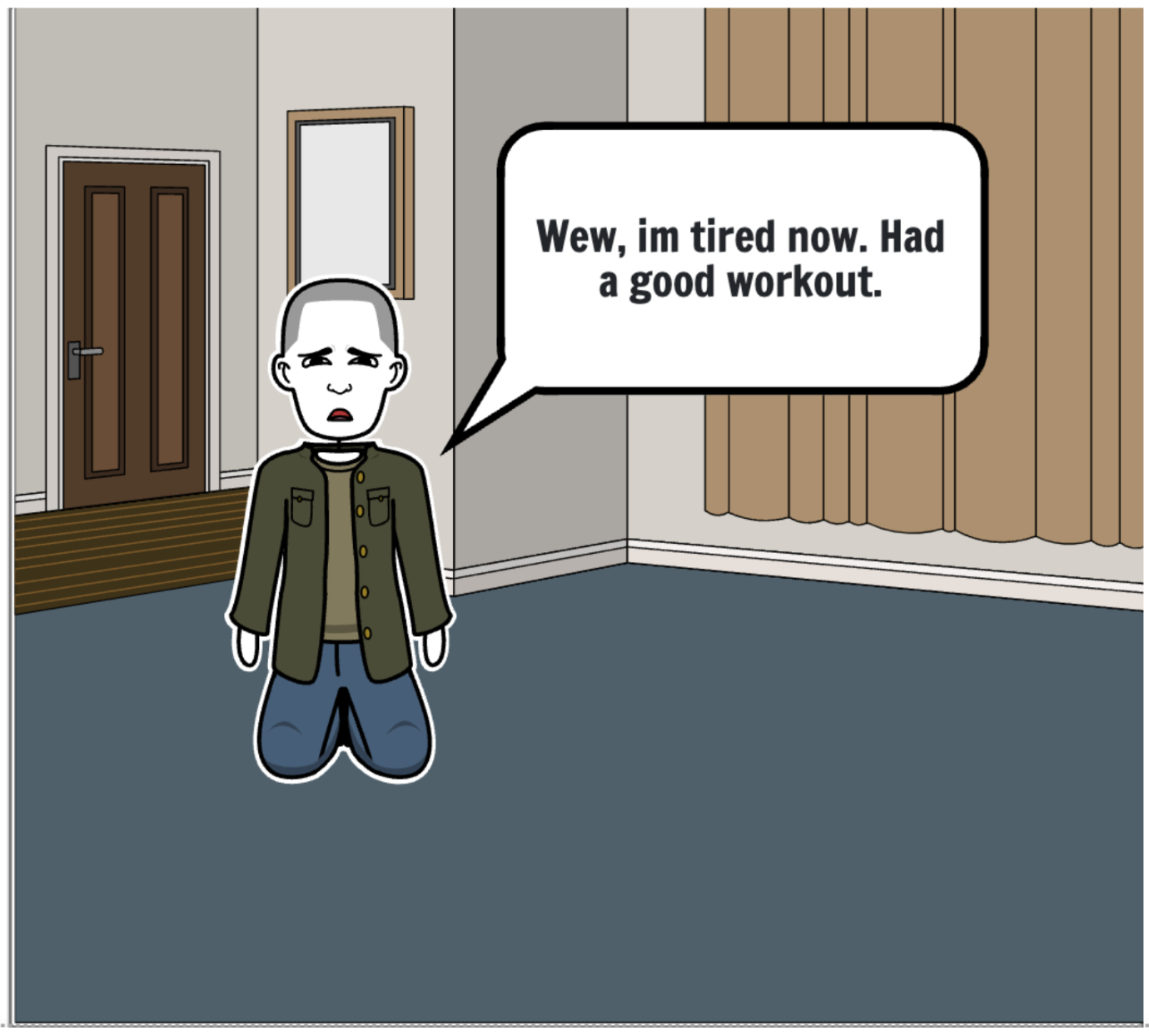
Initial Technical Development
The application is built using Unity 3D and Oculus Quest. With the help of the 3D models mentioned below, the application is designed to immerse the user into a space nebula with an orb-like object that the user touches to destroy. These objects spawn in random locations that are within reach of the user. The user then has to touch the series of orbs to earn a score. This helps the user get exercise in a fun way.
The user is located on a plane. The orbs are objects with rigid bodies and have a script that makes them move in the direction of the user forever. When the user touches the orb, a collision method is invoked that adds to the score and destroys the object.
The orbs are spawned in the users’ confines because of a manager-script. This script uses the ‘instantiate’ method. The arguments of this method have the position which has random values defined in a range.
To add more to the game, there will be interesting animations when the orbs are destroyed and also bonuses like weapons will be added as a reward for performing well in the game. This will motivate a user to keep stretching and moving quickly.
Description of Initial 3D Models
3D Cubes:
This is used to represent the object that the user has to break. This object spawns in a random interval and flows towards the user. After that. The user has to break it to increase the score and alongside that perform physical activity.
Source: https://www.turbosquid.com/3d-models/free-3ds-model-simple-minecraft-pack-landsc...

Gun
This is used to shoot the target. One aspect of the balloon-popping activity involves the user getting a gun and targeting the falling balloons.
Source: https://www.turbosquid.com/3d-models/pbr-stylized-trirevolver-model-1291139
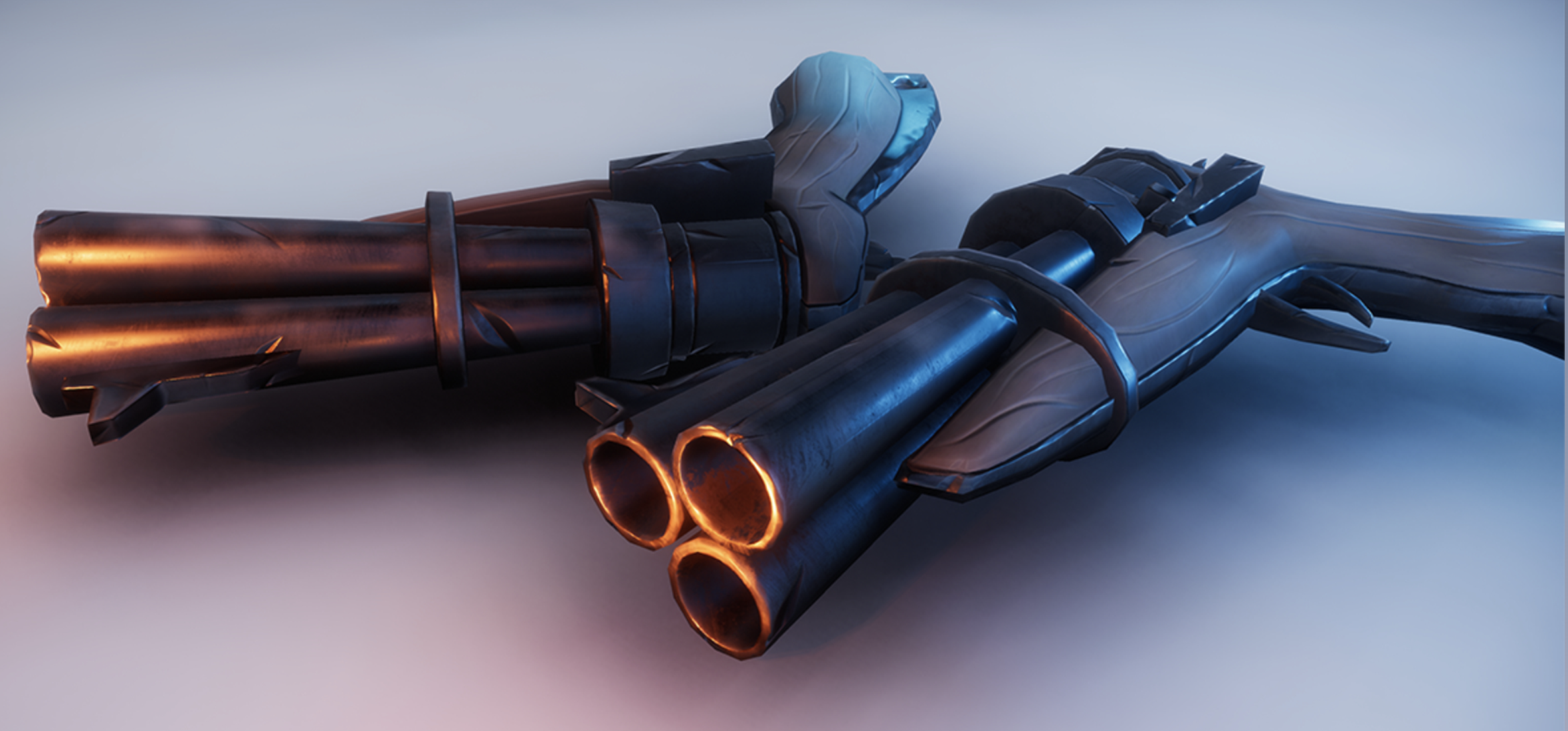
Another 3D Cube
This is another type of 3D cube that gets spawned. Since the user has to break the cube with both hands, 2 different types of cubes have been added to distinguish the hand to use.
Source: https://www.turbosquid.com/3d-models/free-obj-model-weighted-companion-cube-portal/917892
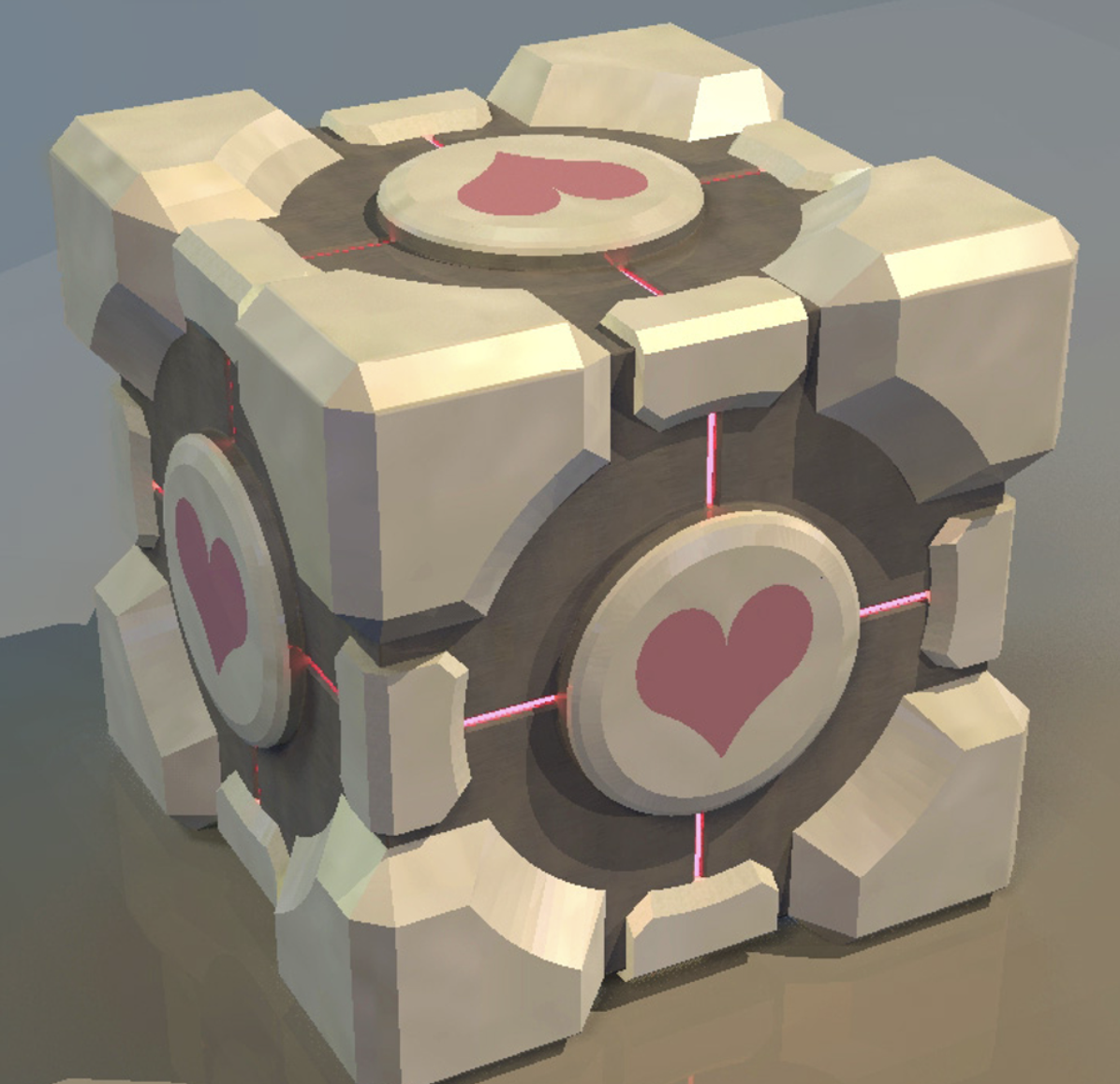
Ball
This object can be used in the balloon-popping activity. To import multiple types of balloon this model was selected as there were not many free models of balloons.
Source: https://www.turbosquid.com/3d-models/christmas-ball-3d-model-1292668
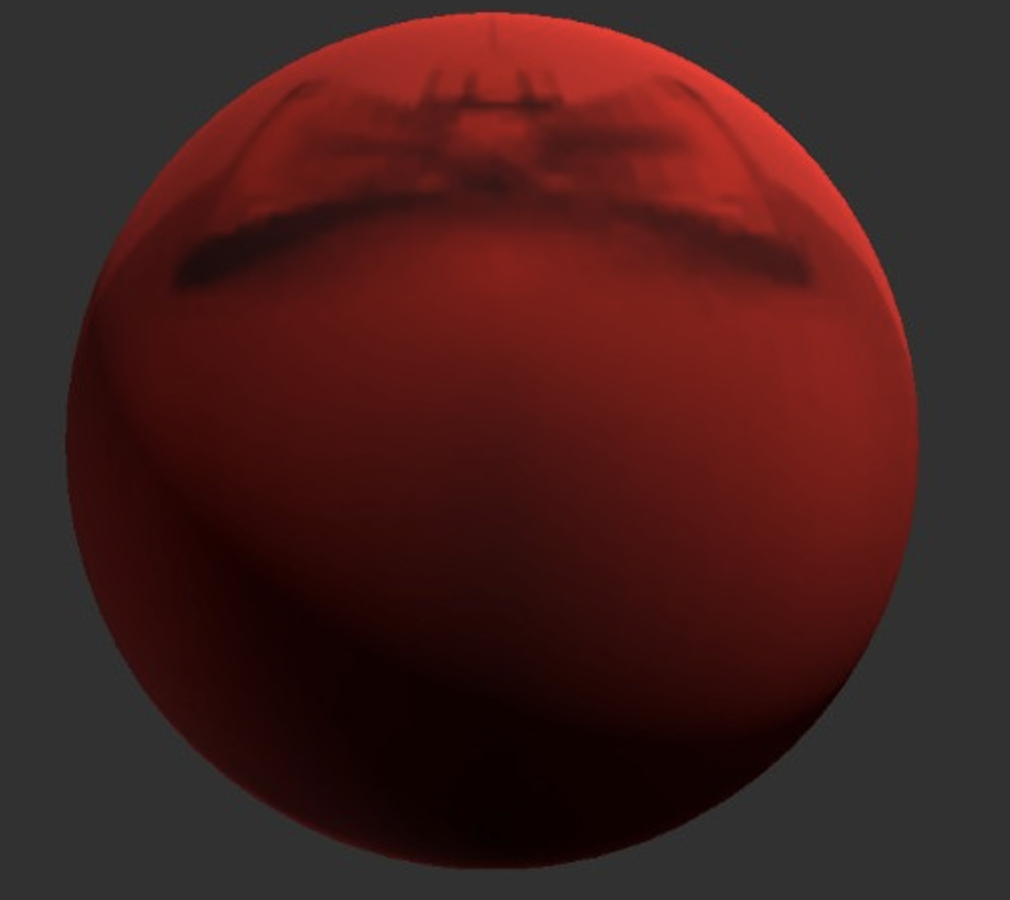
Balloon
This is the actual balloon model which will be used extensively in the application.
Source: https://www.turbosquid.com/3d-models/3d-balloon-1581182
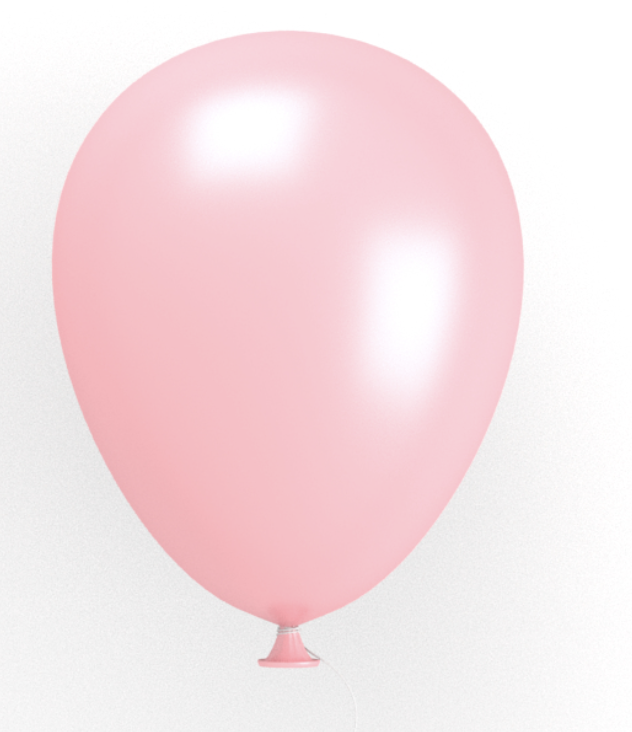
Sword
This is the 3D object of a sword that the user carries via the controller and breaks the cubes. This then collides with the 3D model of the cube and breaks it which also increases the score.
Source: https://www.turbosquid.com/3d-models/3d-model-ninja-sword-1259700

Space Background
This background has been chosen as it portrays an environment where the user does not have any limitations. This was chosen as there was no free 3D environment for a gym room on any of the internet sources.
Source: https://assetstore.unity.com/packages/2d/textures-materials/dynamic-space-background-lite-104606

Another Unity Package has also been used to simulate the audio for slicing the cubes.
Source: https://assetstore.unity.com/packages/audio/sound-fx/blades-bludgeoning-free-sam...
Conclusion
What we've done with this program is using VR models to simulate an environment and make the user think they're in a training environment. In this environment, the use of virtual reality technology can help users perform physical activities in the comfort of their rooms. The app focuses on involving users in performing daily exercise through a range of VR sessions. Different interactions are designed with different motions such as slicing, punching and throwing. This is to maximise the range of motions so that users can work out many different parts of their body. The user will be able to interact with the game with n controller and are incentivised to work out at home via this gamification approach to health and fitness.
References
- Department of Aged and Health Care. 2021. About physical activity and exercise. [online] Available at: <https: www.health.gov.au="" health-topics="" physical-activity-and-exercise="" about-physical-activity-and-exercise=""> [Accessed 5 October 2022].</https:>
- Joshi, N., 2022. Virtual Reality and Augmented Reality Are Reshaping the Fitness Industry. [online] Bbntimes.com. Available at: <https: www.bbntimes.com="" science="" virtual-reality-and-augmented-reality-are-reshaping-the-fitness-industry=""> [Accessed 7 October 2022].</https:>
- Rawat, A., 2022. How AR VR Apps Are Gamifying Exercise And Workout?. [online] Appinventiv. Available at: <https: appinventiv.com="" blog="" ar-vr-gamifying-fitness-workout-industry=""> [Accessed 6 October 2022].</https:>
- Sharma, V., 2022. How Virtual Reality Fitness is Striving to Achieve Better Health. [online] Quytech Blog. Available at: <https: www.quytech.com="" blog="" how-virtual-reality-fitness-is-striving-to-achieve-better-health=""> [Accessed 5 October 2022].</https:>
- Spraul, T., 2020. REASONS WHY PEOPLE DON’T EXERCISE. [online] Exercise.com. Available at: <https: www.exercise.com="" learn="" why-do-people-not-exercise=""> [Accessed 6 October 2022]. </https:>
Leave a comment
Log in with itch.io to leave a comment.